This post contains affiliate links.
TIP #1: Provide healthy food choices at home, and involve your kids in food preparation.
Get kids excited about learning nutrition. This is a win-win for kids and parents alike! How can you get kids to get excited to learn nutrition and make smart eating choices?
First of all, consistently make healthy foods at home for meals and provide healthy snack options around the house.
Secondly, get your kids involved as much as possible in the meal preparation so they know what is actually going into the food that they eat, and it becomes familiar. If they've never eaten or seen a mango why would they choose to eat it anywhere else?
Last but not least, and this is the tough one, you will need to purge your kitchen cupboards of all those unhealthy snack choices. I know if I have the choice between a chocolate chip cookie and an apple, I would probably grab the cookie and run. Rather, make the easy grab and go snack option a healthy fruit, veggie, or a whole grain avoiding processed foods and sugars.
Provide healthy choices at home, and your kids will learn to pay attention to what's in their food and choose good foods on their own.
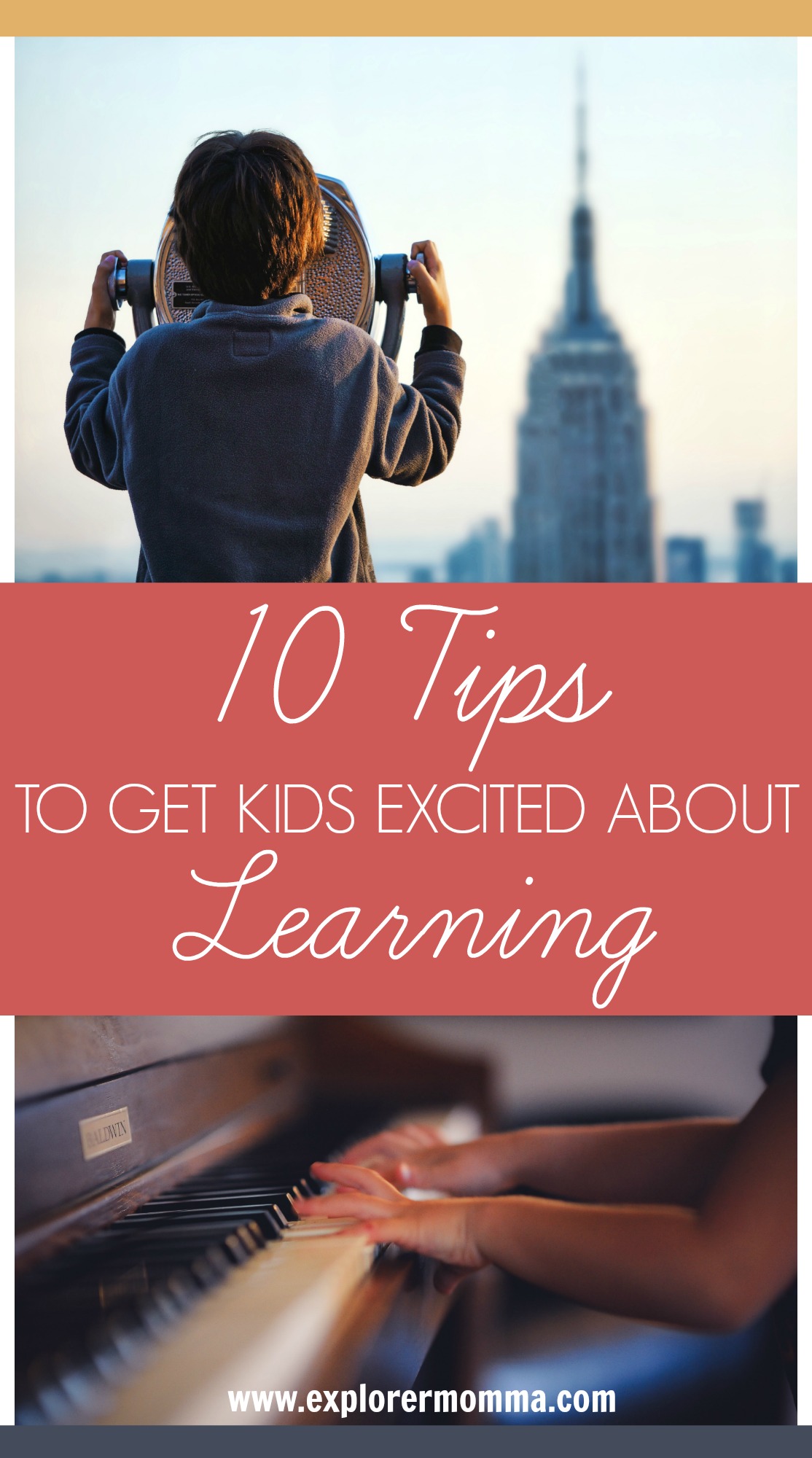
TIP #2: Be the biggest cheer-leader in your child's school learning, and get involved!
Get kids excited about learning at school. YOU must get excited and involved in your kids' learning. Talk to your child about what they're learning in school. Then speak to them about how you used something they're learning in a real-life situation and how it helped you. Use positive comments only like, "Those fractions will come in handy when we bake your apple cake tonight!"
NEVER say, "Oh, I always hated math! I could never get it."
If you say you don't like it, or a sibling, or other older influential person in your child's life says something similar, it can do huge damage to how your child feels about the subject or idea. It's difficult, but of huge importance to ALWAYS be as positive and encouraging as possible. Then if you want to take it to the next level, plan parties and games to complement school. Include your family and friends in these activities. Above all, be involved. Consequently, this will also highlight you as a fun, relatable parent, one your child is more likely to open up to about other things in their lives.
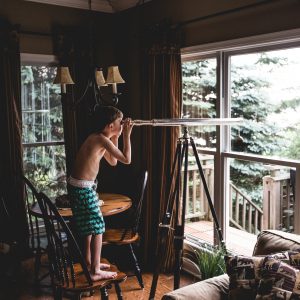
TIP #3: Travel the world! Be open to new ideas and experiences.
Get kids excited about learning all sorts of anthropology! This is by far my favorite tip and gets huge buy-in from kids! Travel around your state, country, the world if you can. There is no teacher like experience, and no greater opportunity to see different cultures and languages and really learn history and geography than travel. Is your son interested in the American Revolution? Go to Washington D.C. and Williamsburg and learn about the events that happened in that area. Does your daughter complain about memorizing French words and not see the use of it? Go to Paris, Montreal, or Monte Carlo and let her see the signs, menus, and maps in the language. Have her order for the family in a cafe in French, and go see the local sights. If you can, visit with a local family so she can hear them interacting in the language.

TIP #4: Create a physical location in your home to view your travels and learn geography.
Get kids excited about learning geography. Complete a wall maps project. First, buy a United States and a World map. Secondly, and involving your kids, attach the maps to cork board, make nice frames, and hang the maps up in a playroom, bedroom, study or wherever you like. Next, place a pin on your own city, and discuss the layout and meaning of maps. Define and show the continents, countries, states, cities, etc.
TIP #5: Read, read, read! Every day. Books can take you to far away places and teach nearly any subject.
Get kids excited about learning to READ. This should really come higher in the list but may seem like a no-brainer. Reading is one of the most important ways to get kids excited about learning. Of course read, but I mean read consistently. Often. Daily, In different situations. Have your kids read out loud to you, read stories at bedtime, have quiet reading time for everyone (parents included) on the weekends or during the summer when you're home. Fascinate kids by books so they can't put one down, and you can celebrate a win. I am currently reading a giant of a book by Patrick Rothfuss, The Wise Man's Fear, second in a trilogy. Let your kids see you reading books interesting to you, and make your local library a friend.
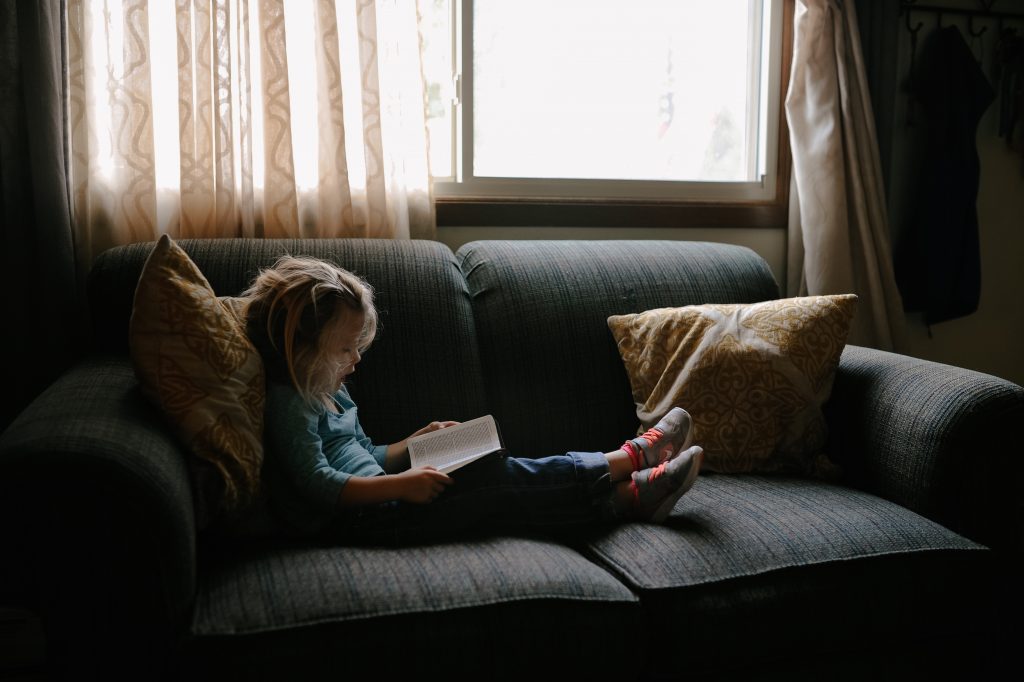
TIP #6: Do, re, mi, fa, sol, la, ti! Music makes the world go round.
Get kids excited about learning music. Study after study has shown how much music affects our learning. Chris Brewer, in his book, Music and Learning speaks of how music creates "attention, attitude, and atmosphere" for learning. It wakes us up and attracts our attention, can put us in the positive mindset for learning, and creates a certain ambiance inductive to learning. Depending on your goal you can find music to get your kids into any activity. Play some world dance rhythms to energize, classical Mozart to focus and concentrate, or watch Wakko from Animaniacs sing the states and capitals for memorization. The sky's the limit!

TIP #7: Have your child create a budget plan, using their allowance, to practice math and early financial planning skills.
Get kids excited about learning math. With your child create a basic budget plan. I love Dave Ramsey's children's program with give, spend, and save envelopes (see the link here for more detail on this).
First of all, plan what chores around the house your child will be able to complete. Next, decide how much each job is worth. I like to keep some chores as expected and simply your job as a part of the family like making your own bed, but it depends on the child and age. If your child earns $10 a certain week they can, for example, give $2 to church or charity, save $4 for that big toy they're really wanting, and have $4 to spend on their class book order today. Those numbers will vary, but discuss allowance and how to save for desired items. Lastly, when they have saved up for a bigger item you can have your child count and take their own money to the store and pay themselves. Real-life experiences important to the individual are incredibly motivational for learning!
TIP #8: Go to a Mexican restaurant (or French, German, the language your child is studying) and order completely in Spanish!
Get kids excited about learning world languages. You may have a real life need for tacos or enchiladas! This happens often to me, and what an opportunity to speak Spanish and make someone's day. This goes along with traveling but even in your own town you can make this a reality. Let's say your child is learning Spanish. Therefore, when they get to that inevitable food unit go to a local Mexican restaurant and let them know they can eat only if they order completely in Spanish, using polite phrases and all the rest. Bonus! I can almost guarantee it will put a smile on your server's face.
For more advanced students use the language for your conversation at the table also. Practice at home before you go and decide if they will order for you too. It's amazing how our stomachs can make us jump out of our shells to try something new!
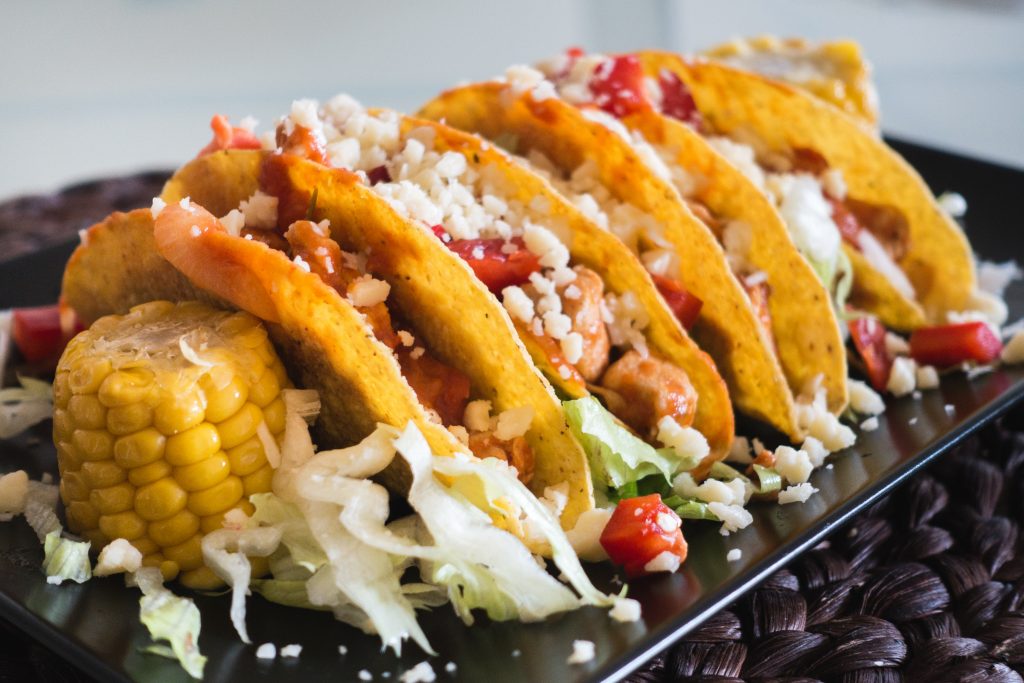
TIP #9: Visit museums and conduct home experiments guided by the interest of your child.
Get kids excited about learning science. When it comes to science I like to base our activities on the current interests of my children. My son declares the extinct Tasmanian Tiger is the coolest animal ever and wonders if there are some still out there hiding. Well then, if we can't immediately mount an expedition to Madagascar, we visit our local Nature and Science museum and find similar animals. If my daughter wants to see a volcano erupt, we create that effect using vinegar, baking soda, and food coloring in our own volcano or with a kit. Let them guide you!
TIP #10: Get out and about in nature. Explore our world!
Get kids excited about learning to be outdoors. This is another tip I just love. I am a Colorado girl after all and can think of no better way to get a child excited about learning about the outdoors and their world than getting out in it. You can do this in any season and compare the differences. Go on a nature hike, in the nearest National Park or your local neighborhood park. The exercise will do them good, and then plan a snowshoe trip, ski adventure, camping expedition, or form a bird-watching club. As a result you will mould your kids into outdoor loving, camera and journal toting naturalists, or the closest you can get.

Use these tips to motivate, inspire, and get kids excited about learning. Try one out today!
Brewer, Chris. Music and Learning: Seven Ways to Use Music in the Classroom. Tequesta, Florida: LifeSounds, 1995.


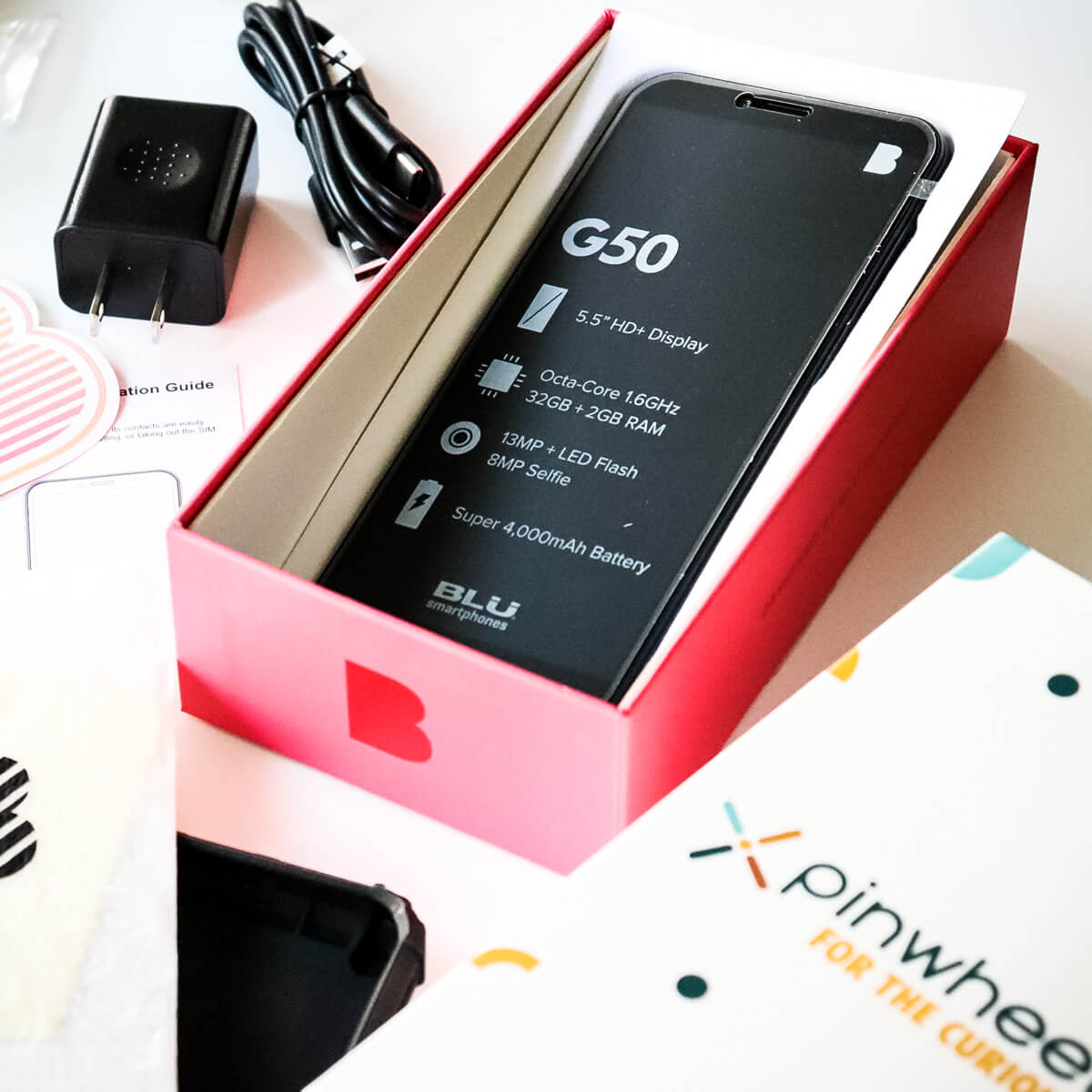


[…] Read it here! […]